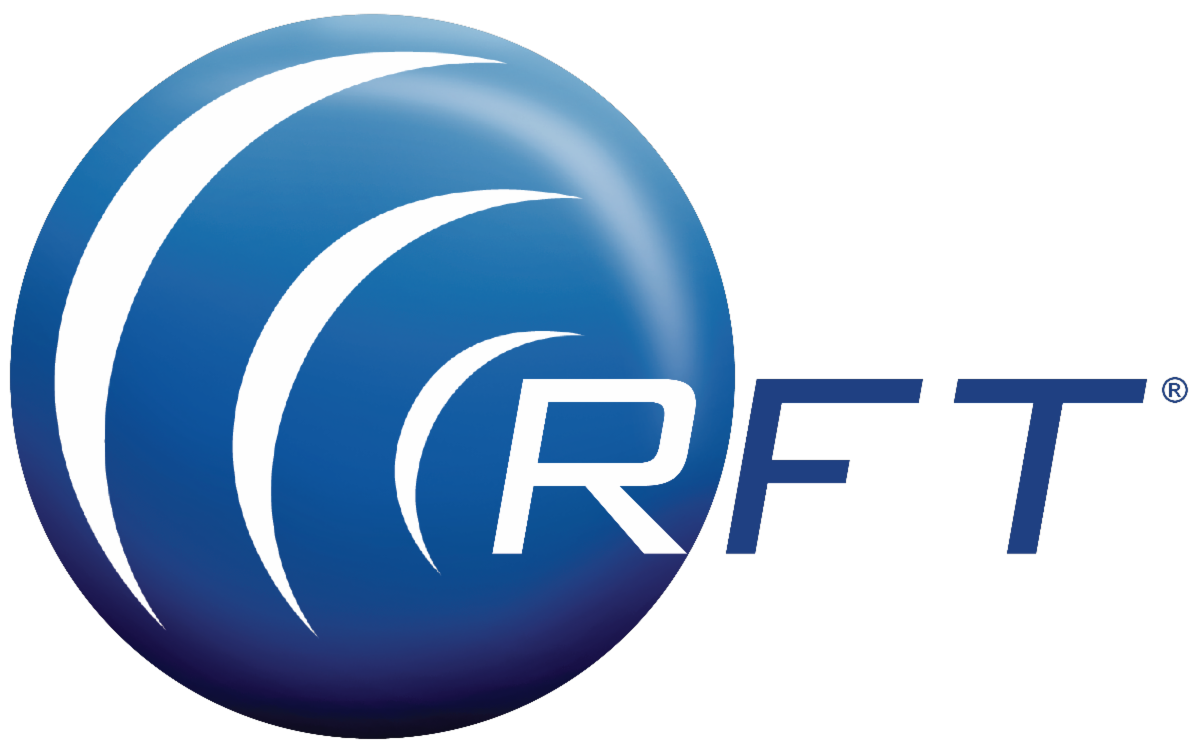Healthcare Staff Duress Systems Save Lives, Help Solve Staff & Liability Issues
Healthcare Staff Duress Systems Save Lives, Help Solve Staff & Liability Issues
Healthcare Industry One of Most Violent in U.S.
Over the past decade, the U.S. healthcare industry has faced an epidemic of violence in the workplace according to the U.S. Bureau of Labor Statistics, with multiple factors as to what causes it.
There are numerous reasons including too many people to care for, long wait times, no consequences for violators, not enough screening for weapons, mental health issues, and the list goes on.
Healthcare workers are leaving their jobs in droves. A 2023 study on violence against healthcare workers indicated that 26 percent of workers considered leaving their jobs because of workplace violence.
A look at the statistics is eye-opening:
- Healthcare workers are suffering more nonfatal injuries from workplace violence than law enforcement. -Associated Press
- 55 percent said they were physically assaulted, almost all by patients, with a third of those resulting in injuries. Eighty-five percent were seriously threatened by patients. -2022 American College of Emergency Physicians Survey of E.R. Doctors
- The risks are even higher for E.R. nurses, with over 70 percent reporting they sustained physical assaults at work. -2022 American College of Emergency Physicians Survey of E.R. Doctors
- Healthcare and social service workers are five times as likely to suffer workplace violence than any other worker. -U.S. Bureau of Labor Statistics
- Nearly 75 percent of healthcare workers in critical care say they experienced violence in the past year. -2023 Violence Study of Healthcare Workers & Systems Survey
This is all happening while the American Hospital Association is reporting a shortage of 1.1 million nurses at the end of 2023.
Serious crimes and even death are happening across the country to healthcare workers:
- A nurse was killed in the garage of a suburban Milwaukee hospital shortly after leaving her shift at 3 a.m. in January 2019.
- A gunman killed a surgeon and three other people in a Tulsa, Oklahoma, medical campus building in June 2022 because he blamed the doctor for his pain after surgery.
- A man on parole in Dallas, Texas, killed two hospital workers while on leave to be at the birth of his child in October 2022.
- A U.S. Coast Guard veteran shot and killed one person and wounded four in a medical waiting room in downtown Atlanta, Georgia, in May 2023.
- A man who nurses warned might try and abduct his partner’s newborn later shot and killed an Oregon hospital security guard inside the hospital in July 2023.
Protecting Workers
What is clear is that protecting hospital staff must be a top priority for healthcare executives.
The Joint Commission, a healthcare accreditation organization, requires hospitals to have policies and procedures in place to prevent and respond to workplace violence including continually monitoring, internally reporting, and investigating incidents.
The Occupational Safety and Health Administration (OSHA) has issued guidelines for preventing workplace violence in healthcare settings including looking at risk factors, developing prevention programs, education and training, and enforcement.
Legislation
The American Nursing Association lists 39 states with legal penalties for assaulting nurses as of March 2021. Many more people in other states are lobbying for similar laws.
Recruitment & Cost
Having a staff duress system can help attract and retain staff as well because it gives them peace of mind and makes their jobs far safer.
The Joint Commission “Estimates the costs associated with non-fatal workplace violence in health care settings range from $109,000 per year for treatment and indemnity among injured nurses to over $330,000 per year in a single hospital system.”
Costs as high as these far outweigh the cost of installing an industry-leading staff duress system like Help Alert.
RTLS Staff Duress Systems
Technology from companies like RFT is fortunately playing a key role in helping make staff and facilities safer. Help Alert® is a wireless BLE/LoRa, 24/7 mobile staff duress solution that integrates with existing technology systems to quickly and accurately pinpoint staff in any situation both inside and outside a hospital or healthcare facility building.
The Help Alert staff duress system solves several problems other wireless RTLS systems can’t including:
- Extending coverage to locations outside of buildings on medical campuses like parking lots using a blend of BLE/LoRa hubs and gateways.
- No wire pulls.
- Both low and high-priority buttons.
- True 911 integration.
Conclusion
Hospitals and healthcare facilities need prevention programs, education, training, enforcement, and staff duress systems in place when time is of the essence in crisis situations. Policies, procedures, and technology are helping staff feel safe, valued, and saving costs and most importantly, lives.

